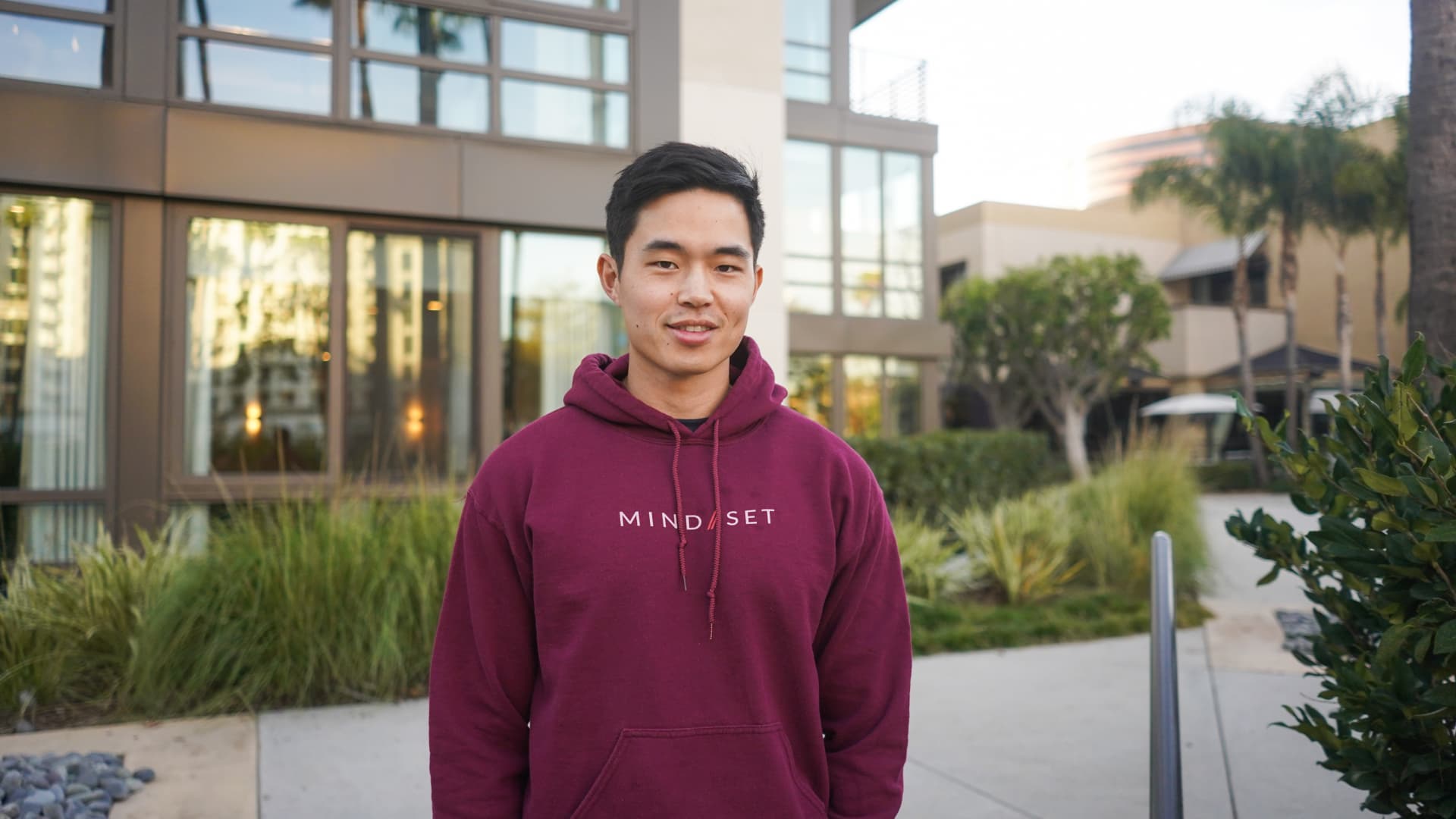In 2014, I graduated college with a tidal wave of medical school rejections. In search of a new career plan, I spent the next few years making money however I could — modeling, tutoring, and even working as a real estate agent.
But in 2018, I began posting personal finance videos on YouTube. It wasn’t a lucrative side hustle until the pandemic hit in 2020, when one topic struck a chord: stimulus and relief efforts, and what they meant for people’s wallets.
When my videos went viral, I registered for YouTube Adsense to further monetize my channel. That’s when my passive income journey began. In 2021, I made $1.5 million dollars in revenue.
And this year, I’ve been grossing an average of $114,000 a month in passive income through my videos, online courses and social media posts.
Here are four business you can start today for $99 or less:
1. Affiliate marketing
Cost to start: $0
Affiliate marketing is when you earn commission for promoting a brand’s products or services by sharing it on your blog, social media platform or website. You get paid each time someone clicks on the link or makes a purchase.
Since creating content is free, this type of business is very accessible. The real challenge is creating targeted content that reaches the right audience.
Let’s say you start a lifestyle blog. You can use the Google Trends tool to gather data on what people are searching for in that category. You might find, for example, that there has been a spike in people Googling “best hair brands.”
In that case, you could consider writing a blog or creating a YouTube video in which you test and review different hair products.
To find affiliate deals, I use management platforms like Impact Radius, Partnerstack and Share-A-Sale. There are three things I look for in a partnership:
- It’s with a reputable company that offers quality products or services. You want to promote products you’re proud of and minimize the likelihood of customers returning them.
- The products have high conversion rates. This means many people who view the product end up buying it.
- The deal offers a “cookie window” of 30 days or longer. Cookies track how a user came to click on a product link. The cookies stay embedded in a user’s browser for a specific duration. If a customer who first clicked on a product through you buys it within the cookie window, it is attributed and paid out to you.
2. YouTube Adsense
Cost to start: $0
More than half of Adsense revenue is paid out to the creator, and many of my older videos are still generating passive income.
But you must grow an audience before you can register; your channel needs at least 1,000 subscribers and 4,000 hours of watch time in the last year.
I started my channel because I had a passion for personal finance. When you have an innate passion, you’ll be so invested in your niche that you’ll understand how to create quality content.
You’ll also know what consumers are looking for because you’ve already read or watched everything on your favorite topic. That’s gold, especially when you strengthen your market research with tools like Google Trends.
My final tip is to upload videos consistently. I currently post three to four times per week. But when I first started growing my channel, I posted almost every day.
3. Digital products
Cost to start: $99 on Kajabi
The first step is to identify what you can teach. It can be copywriting if you have marketing and editing skills, productivity if have a background in organizational psychology, or management if you have leadership experience.
Next, I recommend using a platform like Kajabi or Teachable to host your course. My courses are currently hosted on Kajabi, the 6-Figure YouTube Academy and the Personal Brand Masterclass.
To create them, I outlined everything I wanted to teach on Notion, an online workspace organization tool. Then I filmed each course in my apartment using a tripod and a camera.
My courses are separated into different modules, with worksheets and PDFs, so I made those out after I created the videos. Then I edited and uploaded my videos on Kajabi, which also lets you create marketing campaigns.
I built landing pages that told visitors what they’d get if they bought my courses, then collected their email addresses. I also set up automated email campaigns that reminded people to sign up.
4. Renting out a room
Cost to start: Varies depending on your situation
In 2017, my sister and I bought a two-bedroom condo in Los Angeles. I lived in one room and rented out the second for $1,500 a month for two years.
Taking on a roommate means you’ll have to give up privacy, but it was worth it for me because it helped me pay off my mortgage.
Zillow allows you to host free rental applications on its website, and will run background checks for you.
If you don’t want to rent out your place for a long period of time, you can put your listing on a short-term rental platform like Airbnb. This way, people can book your place only on weekends or when you’re gone.
Charlie Chang is a content creator and serial entrepreneur whose mission is to educate people on personal finance and business. He is a UCLA graduate and founder of StartupWise. Follow Charlie on Instagram and YouTube.
Don’t miss:
